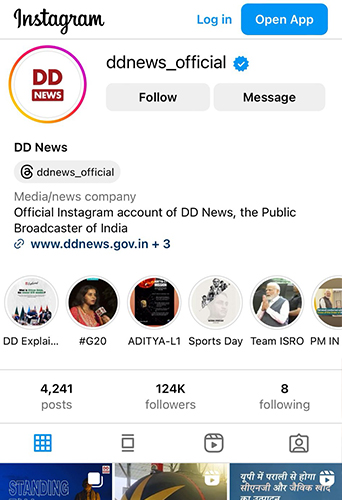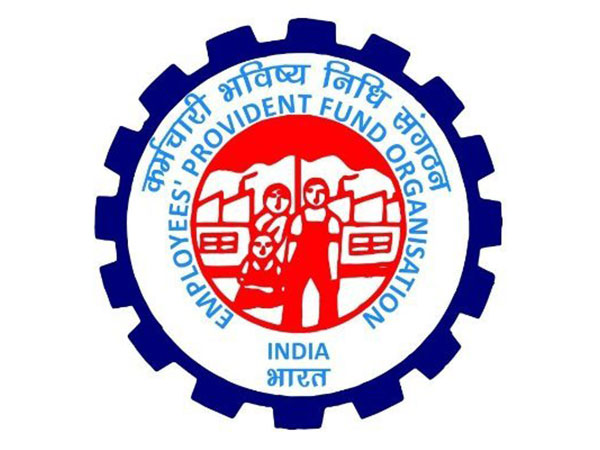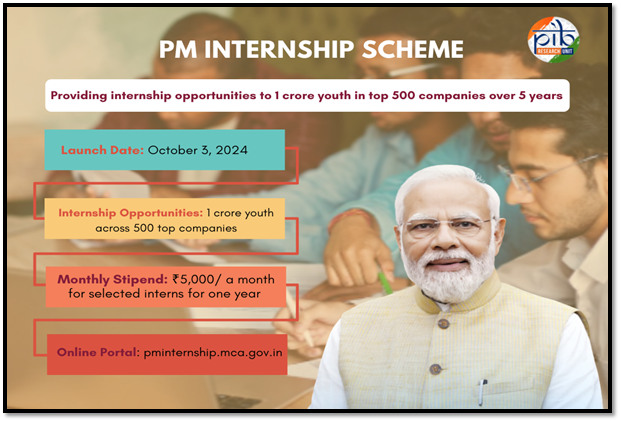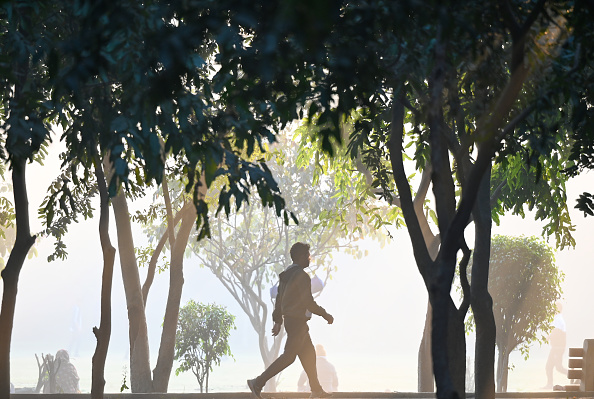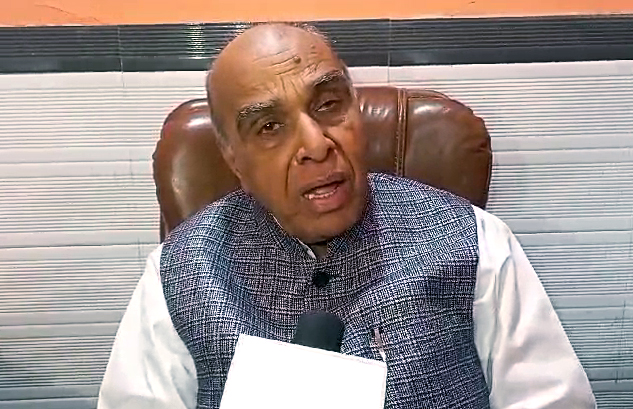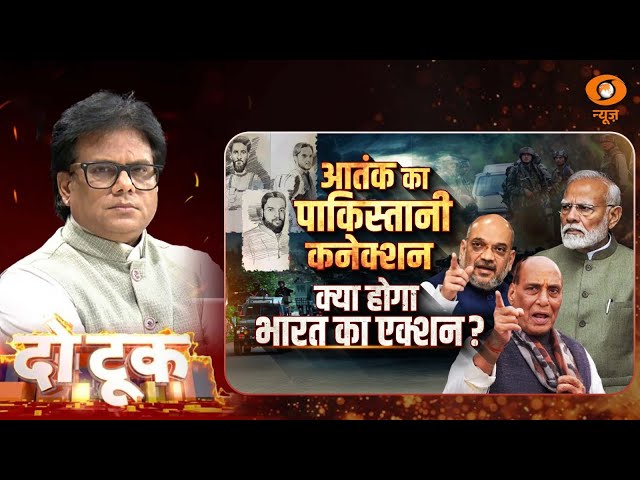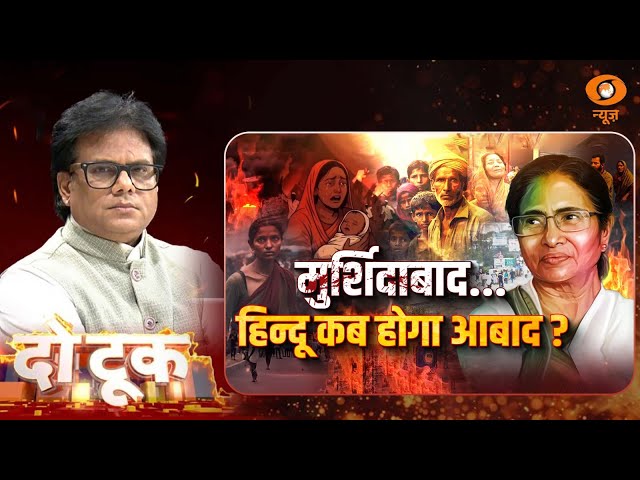Women possess innate leadership qualities like resilience, emotional intelligence, adaptability, and problem-solving skills, which enable them to manage households, finances, and communities even in the lowest economic strata. Their emotional intelligence helps build strong relationships, mediate conflicts, and foster collaboration, making them effective leaders in both grassroots and corporate settings. Women bring fresh perspectives, drive ethical decision-making, and enhance organizational productivity, with diverse leadership teams often proving to be more innovative and financially successful. Their success as entrepreneurs, particularly in microfinance and self-help groups, further demonstrates that leadership thrives in determination and vision, regardless of socio-economic background.
As per a McKinsey Global Institute report, India could achieve an 18 percent increase over business-as-usual GDP (USD 770 billion) by 2025 if the full potential of women in the workforce are unlocked. This would create a multiplier effect with time, and would ensure that India would be able to keep up our growth trajectory we have had since 1991, and would play a key role in ensuring that India would transform into a high income developed country by 2047, in the 100th year of our Independence.
Women in India have played a crucial role in grassroots leadership, contributing to social movements, local governance, and community development, despite facing systemic barriers. From leadership during the freedom struggle with figures like Rani Lakshmibai and Sarojini Naidu, to post-independence contributions through the Panchayati Raj system, women have significantly influenced political and social change. Women leaders like Chhavi Rajawat and Gaura Devi have brought innovation to rural governance, while organizations like SEWA have empowered women in the informal sector, driving social and economic progress. Women’s progress in their personal, social and professional lives have often been a journey of immense grit, through unthinkable adversities, because patriarchal mindsets do not treat women’s success with kindness and pride. Be it a domestic set-up or a boardroom, women’s achievements are often suppressed which is an extra hurdle that needs to be overcome for their voices to be heard. It is unfortunate though when the very leadership of a country would be reluctant to offer the desired push to break the mind-blocks.
Historically, the inclusion of women in the Padma awards was minimal, with their representation often hovering around 5-10% of the total recipients each year. However, after the Modi government came to power in 2014, there has been a significant increase in the recognition of women, reflecting broader societal changes towards gender equality and increased attention to women’s contributions across various fields. The numbers were, only 7 women were honored out of 80 recipients in 2013, 6 women among 88 awardees in 2012, 8 women out of 109 recipients in 2011 and 9 women out of 130 awardees in 2010. In 2018, out of 85 awardees, 14 were women, recognizing their contributions across various fields. In 2019, for the first time, the Sports Ministry recommended only women for the Padma Awards, highlighting a significant shift towards acknowledging women’s achievements in sports. The trend continued in 2021, with 29 women and one transgender individual among the 119 awardees. In 2022, 34 women were honored among 128 recipients, marking a consistent effort to recognize women’s contributions. The count of women were 19 out of 106 in 2023, 30 out of 132 in 2024 and 23 out of 139 in 2025. This upward trend reflects a broader societal acknowledgment of women’s roles and achievements in diverse sectors, promoting gender inclusivity and inspiring future generations.
Improving the women’s count of the recipients of Padma Awards was not a mere show of statistics. This was a genuine attempt to acknowledge the untold stories of resilience and leadership that exist in India’s heartlands and its hinterlands alike, by celebrating the paths that women were creating for themselves and their communities. Everyone has great women surrounding them, who give them the overview of life and livelihood. When a few among them are recognized at the highest levels of national awards, a society rises from its slumber and takes notice of things that it had earlier neglected.
In recent years, the Padma awards have felicitated truly deserving women with exemplary track records in the field of art, education, science, environment and more. The inclusion of successful women from grassroots, lower socio-economic, and geographically marginalized sectors in the Padma Awards list signals a powerful message to both the Indian population and the global community about India’s changing social and political landscape where women are breaking barriers to recreate history, and the government is supporting their vision to nurture an inclusive society, where everyone—regardless of their social, economic, or geographical status—has the potential to contribute meaningfully to the nation’s growth. The glorious partnership between women-force and the government marks India’s repositioning as a strong, forward-thinking and progressive nation for global observers.
Such a feat however, was not achieved overnight by random addition of women in the nomination lists. A lot of work has gone into the background to introduce infrastructural developments that help the visionaries create their success stories. For the government, there is a two-fold task. One, to facilitate the existing talents and two, to prepare the grounds for the next line of talents. The Indian government is working hard to erase the challenges that remain in the form of societal norms, patriarchal attitudes, and limited access to common resources, that hinder women’s growth. With increasing education, government initiatives, and awareness campaigns, more women are stepping into professional roles to gain financial independence.
Programs like the National Rural Livelihoods Mission (NRLM) and Mahila Samakhya have further strengthened women’s leadership by providing training and economic opportunities. Launched in 2015, the Beti Bachao Beti Padhao (BBBP) campaign aimed to ensure the survival, protection, and education of girls, leading to increased school enrollment, a decline in female foeticide, improved sex ratios, and greater promotion of women’s rights. It has notably improved the child sex ratio, with states like Haryana and Rajasthan seeing significant changes, such as Haryana’s gender ratio rising from 850 girls per 1,000 boys in 2015 to 933 girls per 1,000 boys in 2021.
India has implemented several initiatives to ensure equal access to quality education for girls, including the Right to Free and Compulsory Education Act, 2009, and programs like Beti Bachao Beti Padhao (BBBP), which have improved school enrollment, particularly in rural and marginalized areas. The Samagra Shiksha Abhiyan has improved school infrastructure for girls, while the National Education Policy (NEP) 2020 emphasizes gender equity in education. Addressing sanitation issues, the Swachh Bharat Mission, launched in 2014, prioritized women-friendly toilets, with vending machines for sanitary pads and other facilities, improving female enrollment and safety. To empower women economically, initiatives like the Pradhan Mantri Mudra Yojana (PMMY) and Stand Up India Scheme support women entrepreneurs, with the number of women-driven ideas increasing from 10% in 2014 to 30% in 2018. Rapid digitization in India, built on the India Stack and the JAM (Jan Dhan-Aadhaar-Mobile) trinity, is driving financial inclusivity and ensuring that support schemes reach even the remotest areas.
The digital revolution has empowered women by facilitating access to technology and digital literacy, with programs like PMGDISHA training 60 million rural citizens and 67,000 women entrepreneurs running Common Service Centres (CSCs). The Ayushman Bharat Digital Mission (ABDM) is enhancing healthcare accessibility, while SANKALP Hubs for Women Empowerment operate across 742 districts. Additionally, initiatives like digital banking and Aadhaar-linked services are providing women with increased financial security.
Such reforms are actively dedicated for the rising presence of women in India’s national recognition platforms. They serve a subtle yet powerful response to external critics and media outlets, which have often painted India in a negative light. For years, international media have highlighted India’s challenges with gender violence, social exclusion, and the marginalization of women. Critics have used these issues to defame India’s progress, often portraying the country as a place where women are systematically oppressed. The increasing acknowledgment of grassroots women leaders in the Padma Awards narrative is a sophisticated counter-narrative. It challenges the simplistic portrayal of Indian women as victims of societal and cultural constraints and instead showcases them as resilient, capable, and integral contributors to national development. Each of these women are instrumental in writing the New India narrative as envisioned by Prime Minister Shri Narendra Modi. India is evolving, and women are at the forefront of this transformation. The increasing recognition of women in prestigious national awards like the Padma Awards is an assertion of the women’s agency in shaping her own story of progress and empowerment, one that is defined by India and its people, not its critics.
(Writer is an academic, and literary entrepreneur known for her works blending mythology, history, and gender studies)





